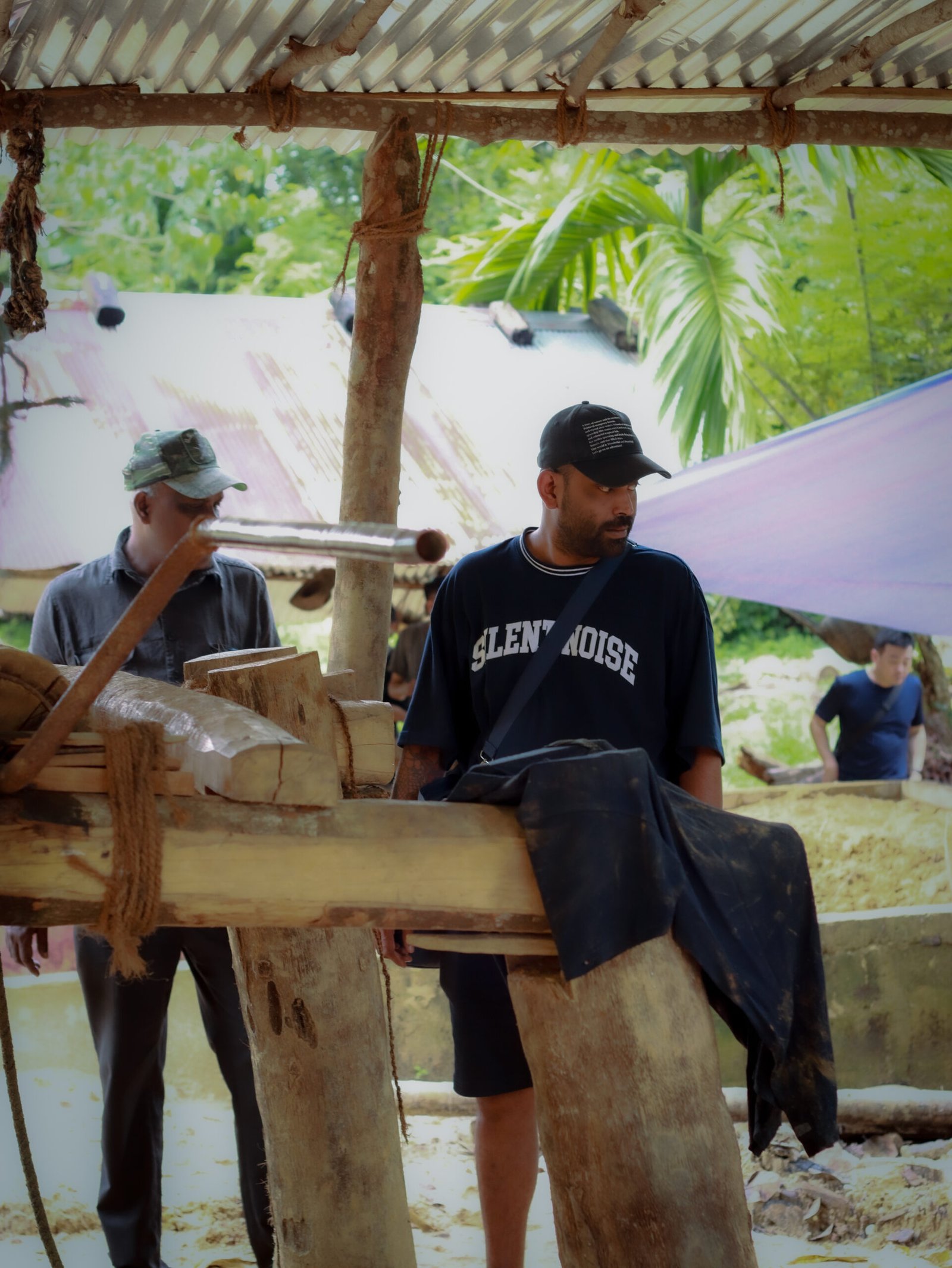Traditional Mining in Sri Lanka: Preserving a Centuries-Old Heritage

1. The Origins of a Legacy
Sri Lanka, often referred to as Ratna-Dweepa (Gem Island), has been famous for its gemstones for over two millennia. Ancient traders, kings, and travelers have all marveled at the brilliance of Ceylon sapphires and other precious stones. But beyond their luster lies a legacy of traditional mining—a craft honed with time and care.
2. Inside the Traditional Mining Process
Illam Digging (Pit Mining)
Small teams of miners dig vertical shafts, typically 6–10 meters deep, to reach gem-bearing gravel known as the illam layer. Using simple tools and wooden reinforcements, they avoid environmental damage.Washing and Panning
The gravel is washed in natural streams using circular pans (neliyas), separating gems through a gentle, chemical-free process.Hand Sorting
Gems are identified and sorted manually, relying on the trained eyes of seasoned miners—often guided by decades of inherited expertise.
3. Sustainable by Nature
Traditional mining in Sri Lanka uses no explosives, no heavy machinery, and minimal water consumption. After extraction, the pits are responsibly refilled and sometimes used for cultivation. It’s a cyclical system that coexists with the land, not against it.
4. A Source of Community Empowerment
These mining communities are often family-run, with strong cooperative ties. Earnings from gems are reinvested into local life—education, healthcare, housing—ensuring that the wealth beneath the soil uplifts those above it.
5. Culture Meets Craft
Mining in Sri Lanka is often accompanied by rituals, blessings, and a deep spiritual connection to the earth. Miners believe that respect for nature brings good fortune, and many follow traditions that reflect this reverence before breaking ground.
6. Facing Modern-Day Challenges
While the global demand for gemstones grows, traditional miners face threats from industrial-scale operations. Mechanized mining can erode both the environment and the livelihoods of local artisans. Preserving traditional methods is key to protecting not just the landscape but a centuries-old cultural identity.
7. Why It Matters to You
When you choose a gem mined through traditional methods, you’re not just buying a stone—you’re supporting sustainability, heritage, and ethical sourcing. Each piece carries the story of the land and the people who lovingly brought it to light.
#TraditionalMining #SriLankaGems #EthicalSourcing #SustainableMining #CeylonSapphires #HeritageCrafts #Ratnapura
